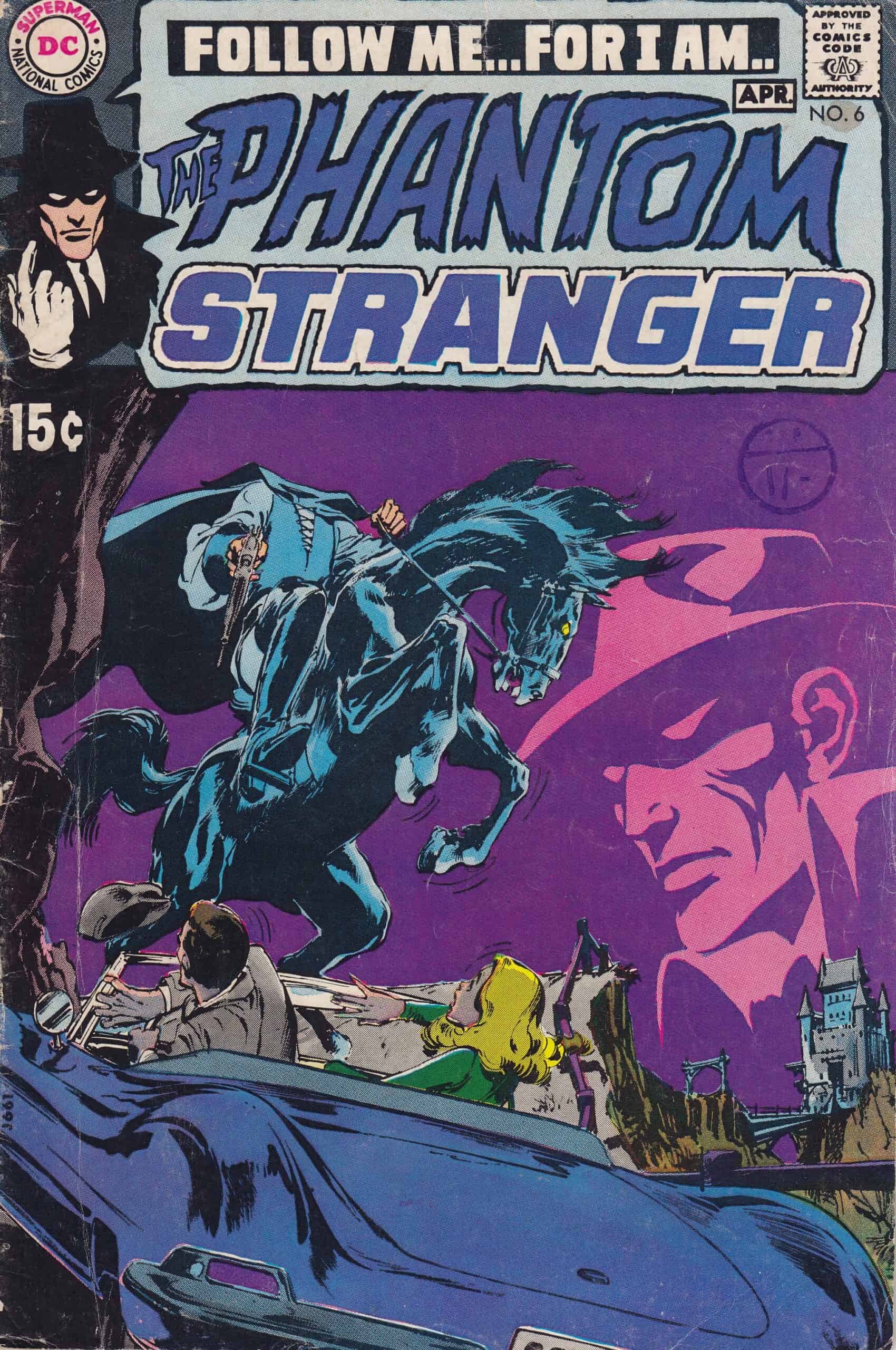Rare historical documents and letters offer unique glimpses into the past, providing firsthand accounts and insights into pivotal moments and figures. These documents, whether legal charters, personal diaries, or scientific manuscripts, have shaped our understanding of history and continue to influence the present. Their preservation allows us to study and appreciate the complexities of human civilization, the evolution of societal norms, and the development of political and cultural ideas. Here are some of the most significant and rare historical documents that have left an indelible mark on history.
Magna Carta (1215)
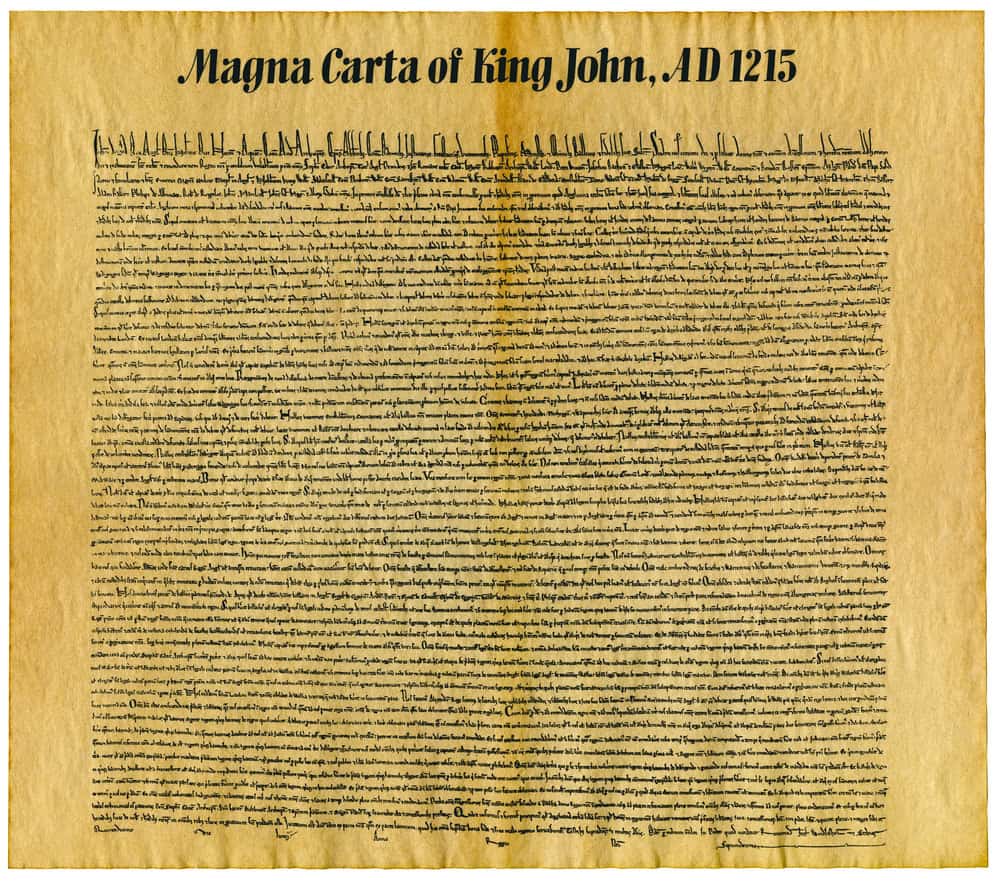
The Magna Carta, signed by King John of England in 1215, is one of the most important legal documents in history. It established the principle that everyone, including the king, is subject to the law. The charter guaranteed rights to a fair trial and protection from unlawful imprisonment, laying the groundwork for modern justice systems. Its influence can be seen in the constitutions of many countries around the world. Surviving copies of this document are considered invaluable treasures.
The Rosetta Stone (196 BC)
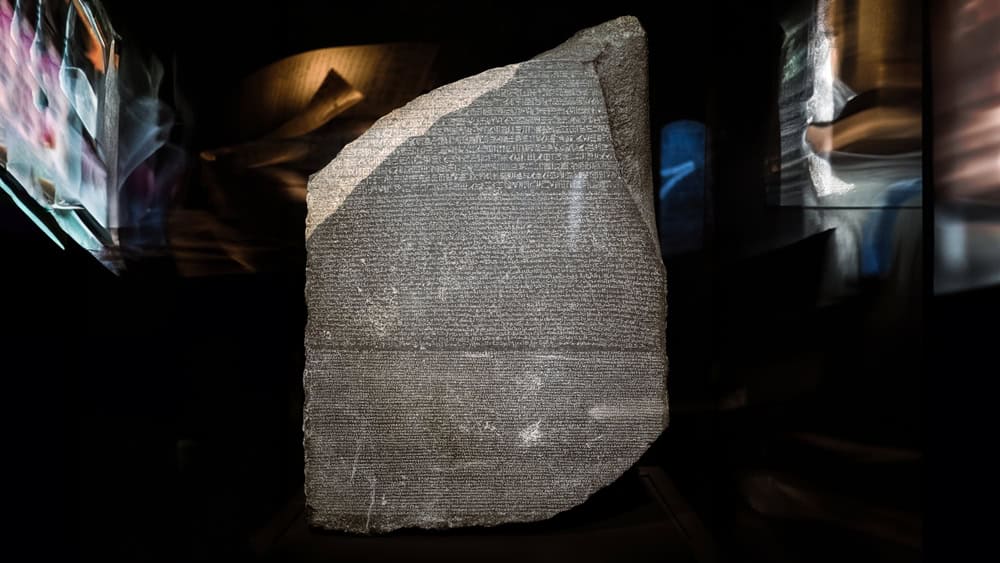
Discovered in 1799, the Rosetta Stone was the key to deciphering Egyptian hieroglyphs. The stone features the same text inscribed in three scripts: Greek, Demotic, and hieroglyphic, making it a linguistic bridge to the ancient world. Its discovery revolutionized the understanding of ancient Egyptian civilization. Today, the Rosetta Stone is housed in the British Museum and remains one of its most visited artifacts. The insights it provided into language and history are immeasurable.
The Dead Sea Scrolls (c. 3rd Century BCE – 1st Century CE)
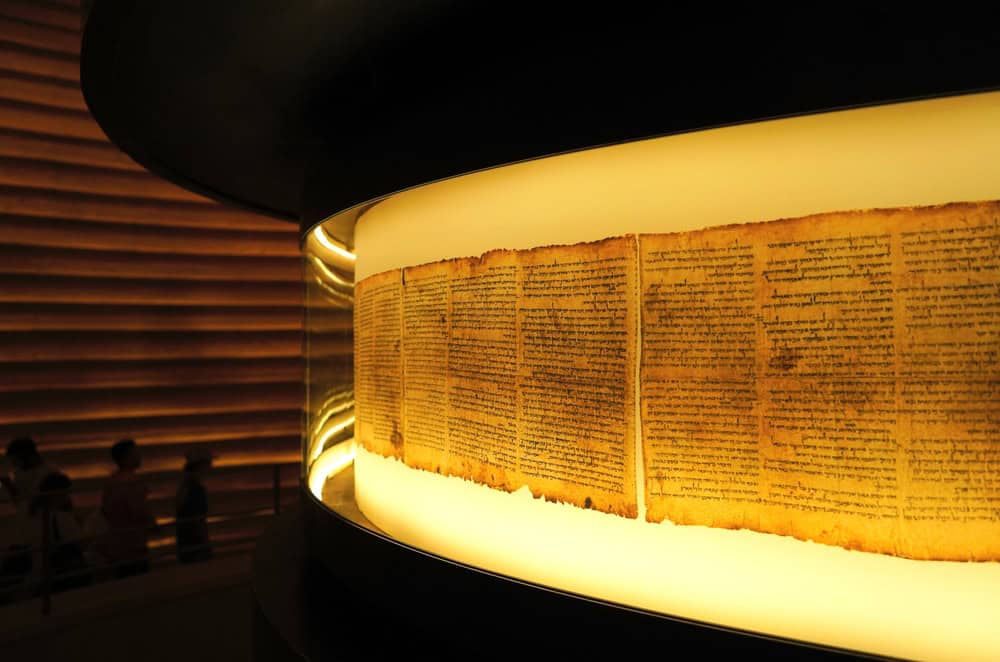
Found in the Qumran Caves near the Dead Sea, these scrolls include some of the oldest known manuscripts of the Hebrew Bible. The scrolls offer invaluable insights into the Jewish religion and the origins of Christianity. Their preservation over two millennia is a testament to the dry conditions of the caves where they were hidden. The texts also contain apocryphal works and community rules of the sect that hid them. Scholars continue to study the scrolls to uncover more about ancient religious practices.
The Declaration of Independence (1776)
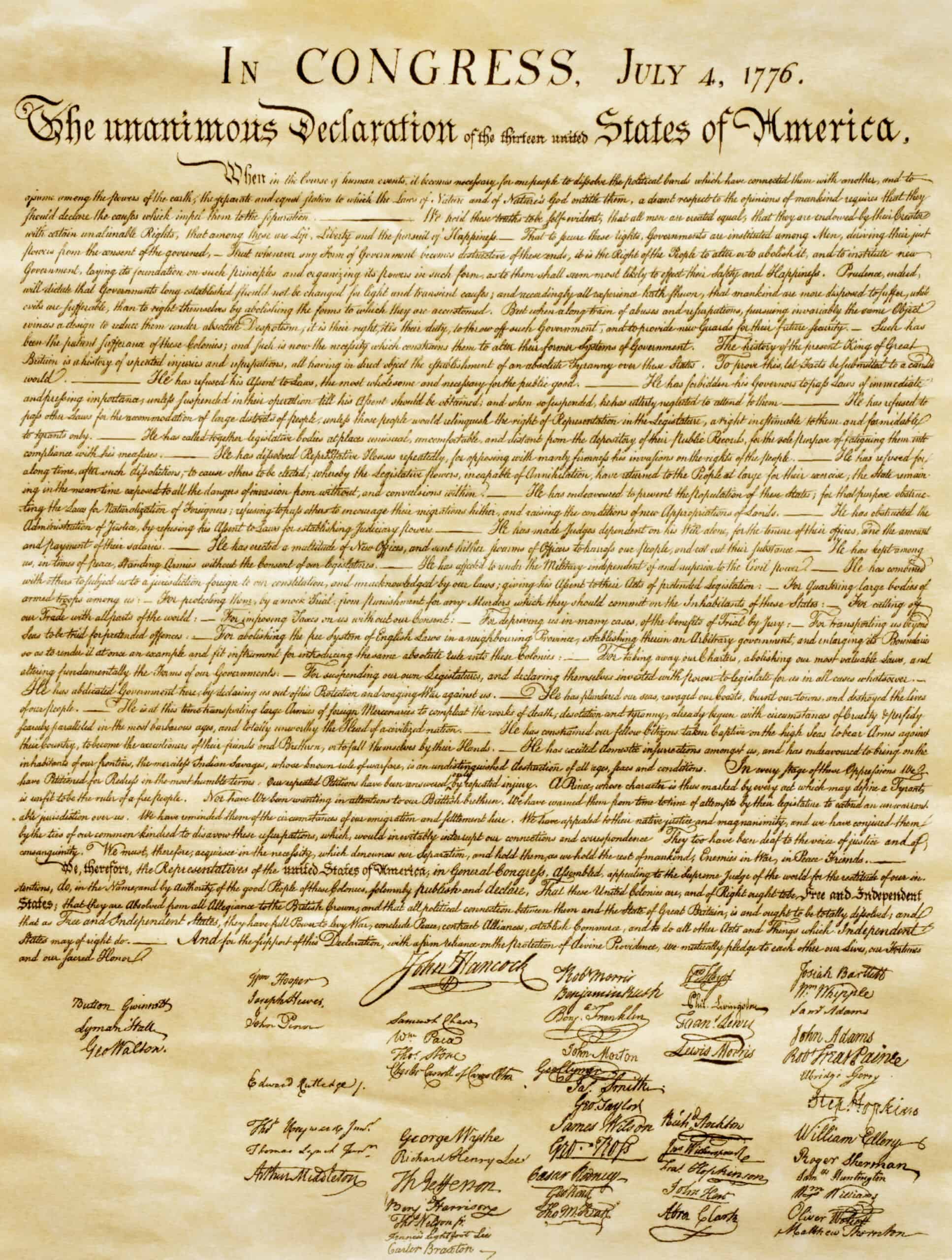
Drafted by Thomas Jefferson, the Declaration of Independence proclaimed the thirteen American colonies’ separation from British rule. It articulated the colonies’ grievances against King George III and their right to self-governance. The document’s eloquent assertion of natural rights and liberty has inspired countless movements for independence and democracy worldwide. The original parchment is displayed at the National Archives in Washington, D.C. Its legacy as a symbol of freedom endures to this day.
The Emancipation Proclamation (1863)
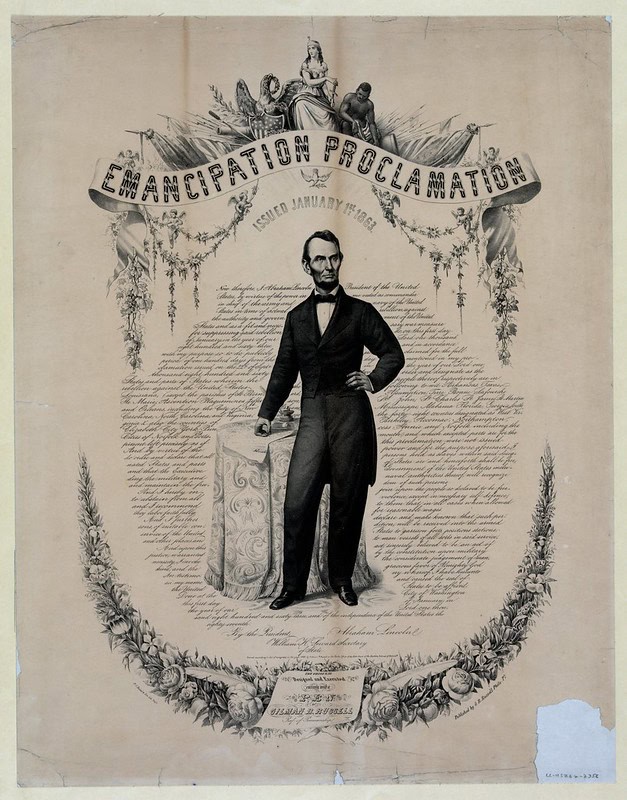
Issued by President Abraham Lincoln during the American Civil War, the Emancipation Proclamation declared the freedom of all enslaved people in Confederate-held territory. This pivotal document shifted the war’s focus to the abolition of slavery and paved the way for the Thirteenth Amendment. The proclamation also allowed African Americans to join the Union Army, bolstering its ranks. Its issuance marked a significant step toward civil rights in the United States. The original document is preserved in the National Archives.
The Diary of Anne Frank (1942-1944)
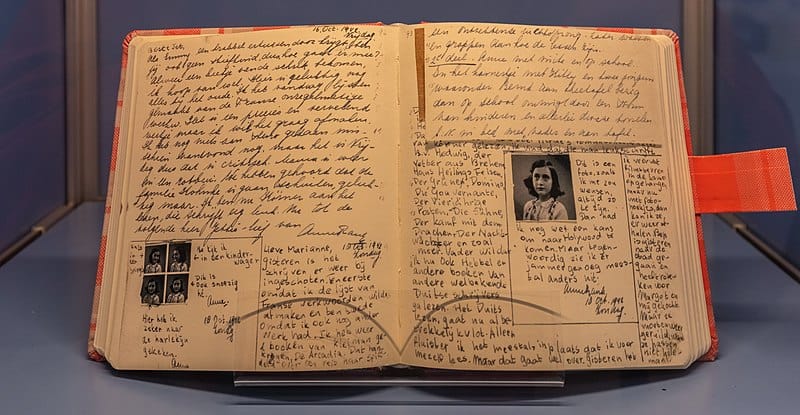
Anne Frank’s diary provides a poignant, first-hand account of life in hiding during the Nazi occupation of the Netherlands. Written by a young Jewish girl, the diary chronicles her thoughts, fears, and hopes while concealed in a secret annex. Her writings offer a deeply personal perspective on the horrors of the Holocaust and the resilience of the human spirit. Published posthumously, the diary has become one of the world’s most read and respected books. It remains a powerful testament to the impact of war on individuals.
The Codex Leicester (1508-1510)

This manuscript by Leonardo da Vinci is a collection of scientific writings, including studies on water movement, fossils, and the moon’s luminosity. The Codex Leicester is one of the few surviving works that offers insight into da Vinci’s genius and curiosity about the natural world. Written in his characteristic mirror script, it provides a window into the mind of a Renaissance polymath. Bill Gates purchased the codex in 1994, making it one of the most expensive books ever sold. It is occasionally displayed in exhibitions around the world.
The Gettysburg Address (1863)
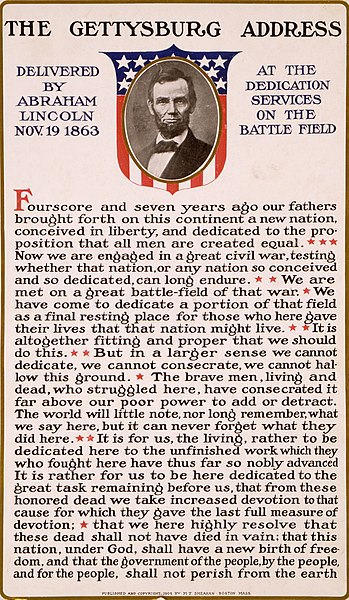
Delivered by President Abraham Lincoln during the American Civil War, the Gettysburg Address is one of the most famous speeches in American history. In just 272 words, Lincoln reaffirmed the principles of equality and liberty, honoring the fallen soldiers of the Battle of Gettysburg. The speech redefined the purpose of the war, emphasizing national unity and the fight for human rights. Its enduring legacy is reflected in countless commemorations and references. Original copies of the address are held in various collections, including the Library of Congress.
The Treaty of Versailles (1919)
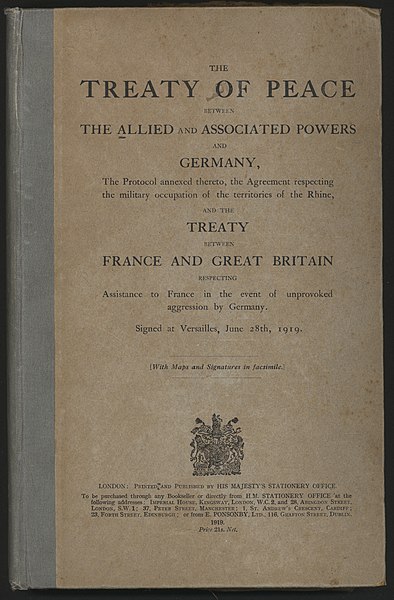
The Treaty of Versailles officially ended World War I, imposing heavy reparations and territorial losses on Germany. Signed at the Palace of Versailles, the treaty aimed to prevent future conflicts but inadvertently set the stage for World War II. The harsh terms fueled economic hardship and political instability in Germany, leading to the rise of Adolf Hitler. The treaty’s significance in shaping 20th-century history cannot be overstated. Original copies of the document are preserved in various national archives.
The Einstein–Szilárd Letter (1939)
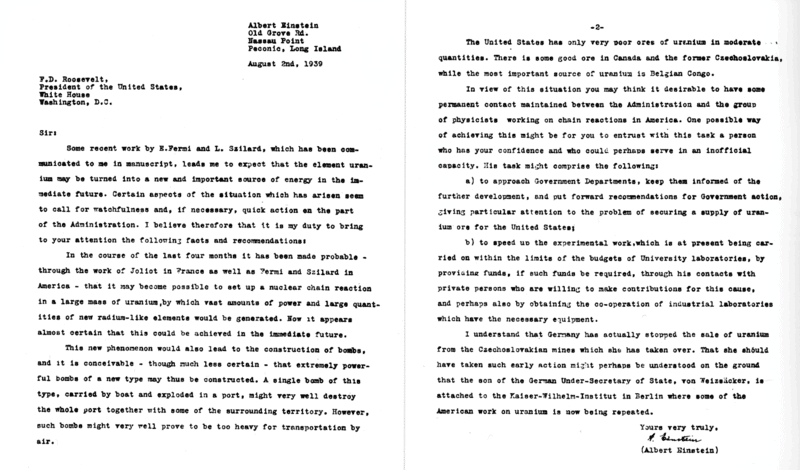
This letter, written by physicists Albert Einstein and Leo Szilárd to President Franklin D. Roosevelt, warned of Nazi Germany’s potential development of atomic weapons. The letter urged the U.S. to accelerate its own atomic research, leading to the establishment of the Manhattan Project. Its contents had a profound impact on the course of World War II and the future of nuclear energy. The original letter is preserved at the Franklin D. Roosevelt Presidential Library and Museum. It remains a critical document in the history of science and warfare.
The Bill of Rights (1789)
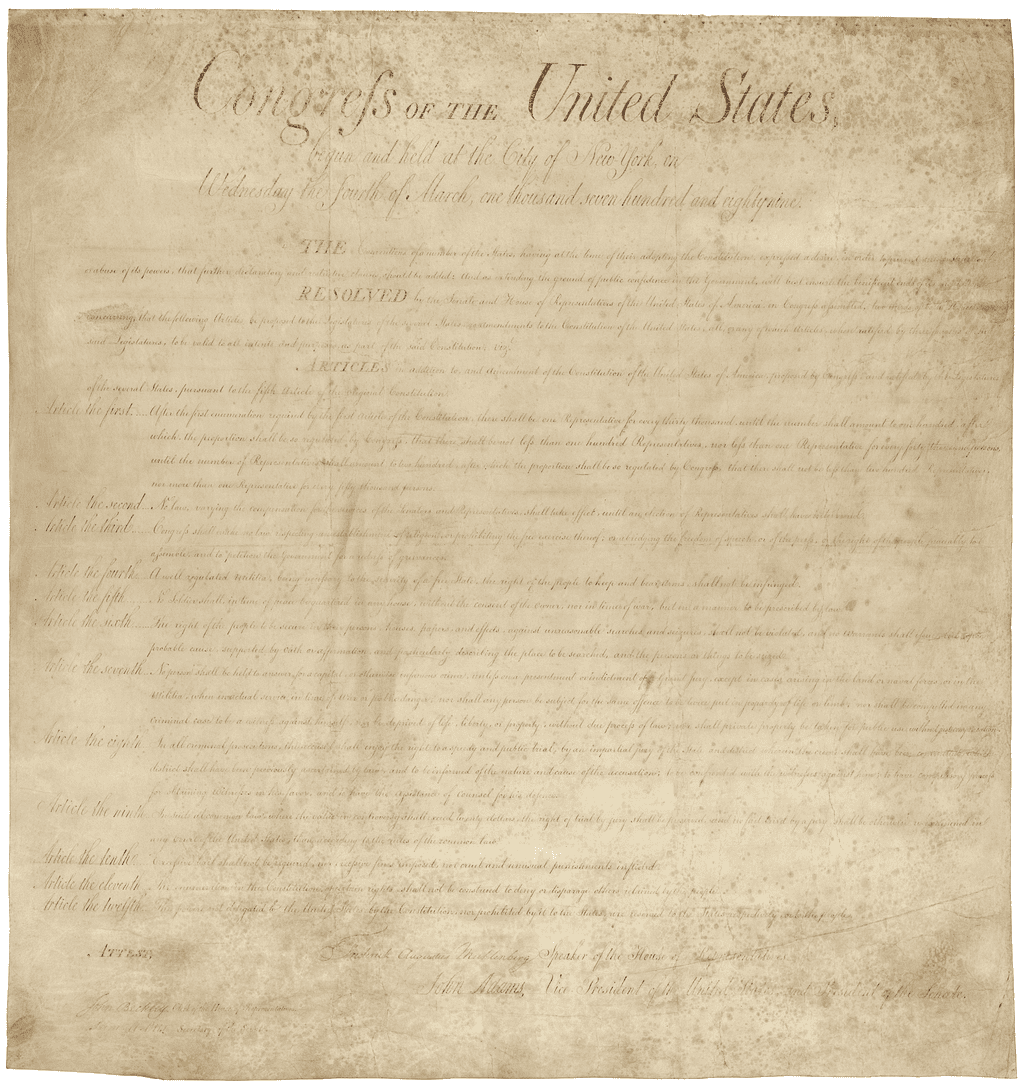
The first ten amendments to the United States Constitution, known as the Bill of Rights, guarantee essential freedoms and rights. These amendments include protections for freedom of speech, religion, and the press, as well as the rights to a fair trial and to bear arms. Ratified in 1791, the Bill of Rights has become a cornerstone of American democracy and civil liberties. Original copies of the Bill of Rights are displayed in the National Archives. Their principles continue to shape legal and societal norms.
The Voynich Manuscript (c. 15th Century)
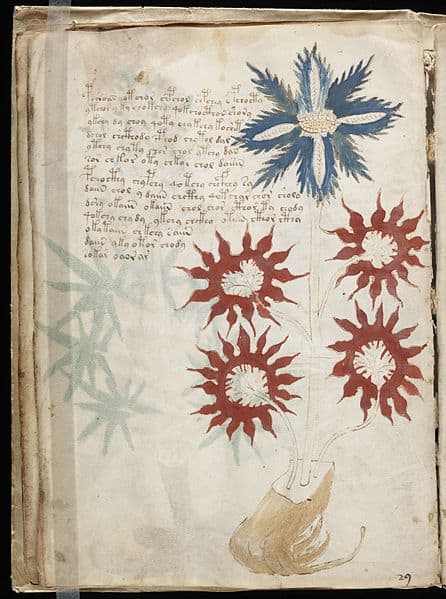
The Voynich Manuscript is an enigmatic, illustrated codex written in an unknown script and language. Despite extensive study, the manuscript’s origins and meaning remain a mystery. Its pages contain bizarre drawings of plants, astronomical diagrams, and nude figures, sparking numerous theories about its purpose. The manuscript is housed at Yale University’s Beinecke Rare Book & Manuscript Library. It remains one of the most intriguing and baffling documents in history.
The Papyrus of Ani (c. 1250 BCE)
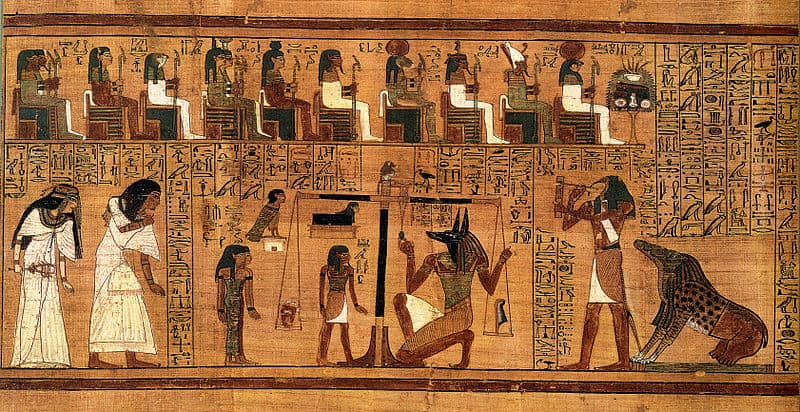
Also known as the Egyptian Book of the Dead, this papyrus scroll contains funerary texts intended to guide the deceased through the afterlife. The Papyrus of Ani is one of the most complete and well-preserved examples of this genre, featuring elaborate illustrations and hieroglyphs. Its texts include spells, prayers, and incantations meant to ensure a safe passage to the afterlife. The scroll provides invaluable insights into ancient Egyptian beliefs and practices. It is housed in the British Museum.
The Domesday Book (1086)
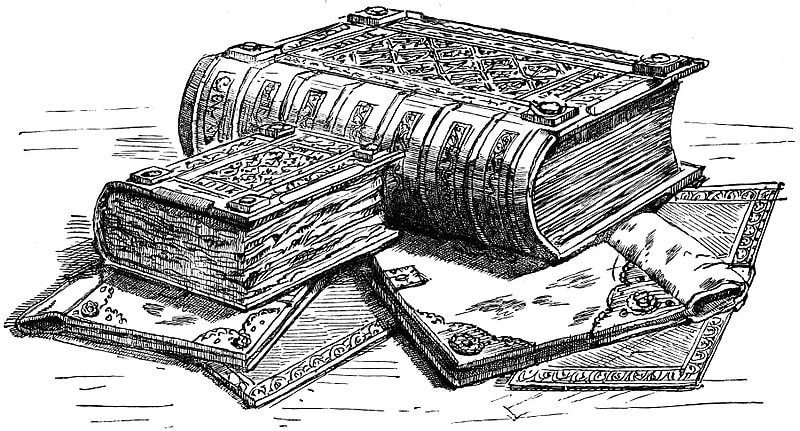
Commissioned by William the Conqueror, the Domesday Book is a detailed survey of land and resources in England. It provides a comprehensive record of landholdings, livestock, and population, offering a unique snapshot of medieval society. The book was used to assess taxes and manage the kingdom’s resources. Its meticulous detail makes it an invaluable resource for historians and genealogists. The original manuscript is preserved at The National Archives in the UK.
The Mesoamerican Codices (Pre-Columbian era)
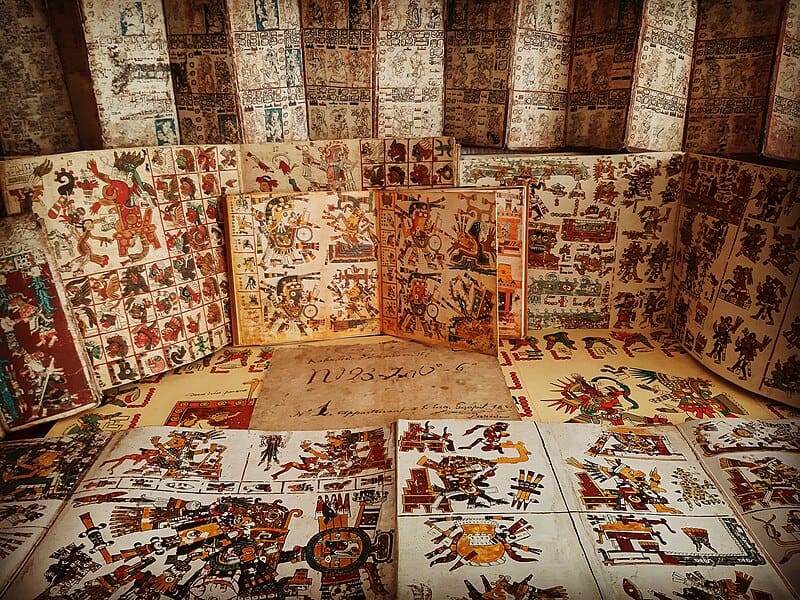
These ancient manuscripts from civilizations such as the Maya, Aztec, and Mixtec contain a wealth of information about Mesoamerican culture, religion, and history. The codices are written in pictographic scripts and include detailed illustrations. Many were destroyed during the Spanish conquest, making the surviving codices extremely rare and valuable. They provide crucial insights into pre-Columbian societies and their sophisticated knowledge systems. Collections of these codices are held in various museums and libraries worldwide.
The First Folio (1623)
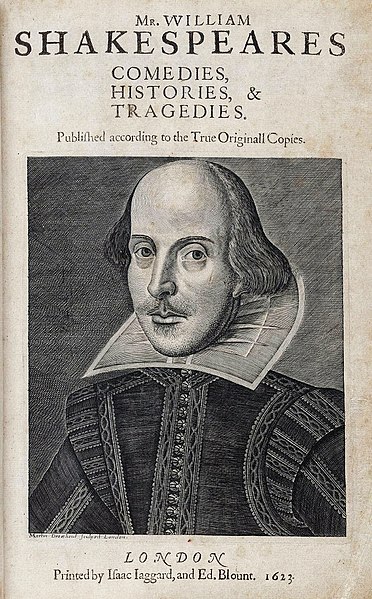
The First Folio is the first collected edition of William Shakespeare’s plays, published seven years after his death. It includes 36 of his plays, half of which might have been lost if not for this publication. The folio is a cornerstone of English literature, preserving some of the most important works in the Western canon. Original copies of the First Folio are rare and highly prized by collectors and institutions. They can be found in libraries such as the Folger Shakespeare Library in Washington, D.C.
The Lewis and Clark Expedition Journals (1804-1806)
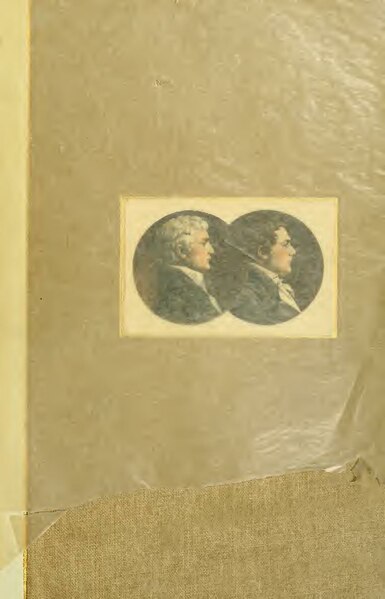
These journals document the exploratory expedition led by Meriwether Lewis and William Clark across the American West. The entries provide detailed observations of the landscapes, native peoples, flora, and fauna encountered during the journey. The journals are invaluable for their historical, scientific, and ethnographic content. They offer a firsthand account of one of the most significant expeditions in American history. The original journals are preserved in the American Philosophical Society in Philadelphia.
This article originally appeared on Rarest.org.
More From Rarest.Org
Marsupials are a fascinating group of mammals that carry and nurse their young in pouches. Sadly, many of these unique animals are now rare and endangered due to habitat loss, predation, and other threats. Read more.
Comic book worlds are filled with fascinating characters, some of which remain less known. Here, we dive into a selection of rare comic book characters. Each has a unique background and intriguing history. Let’s explore their origins, stories, and why they stand out. Read more.
Men’s high-fashion brands offer a blend of luxury, innovation, and timeless style. Each brand brings unique elements to men’s fashion, setting trends and redefining elegance. Read more.


